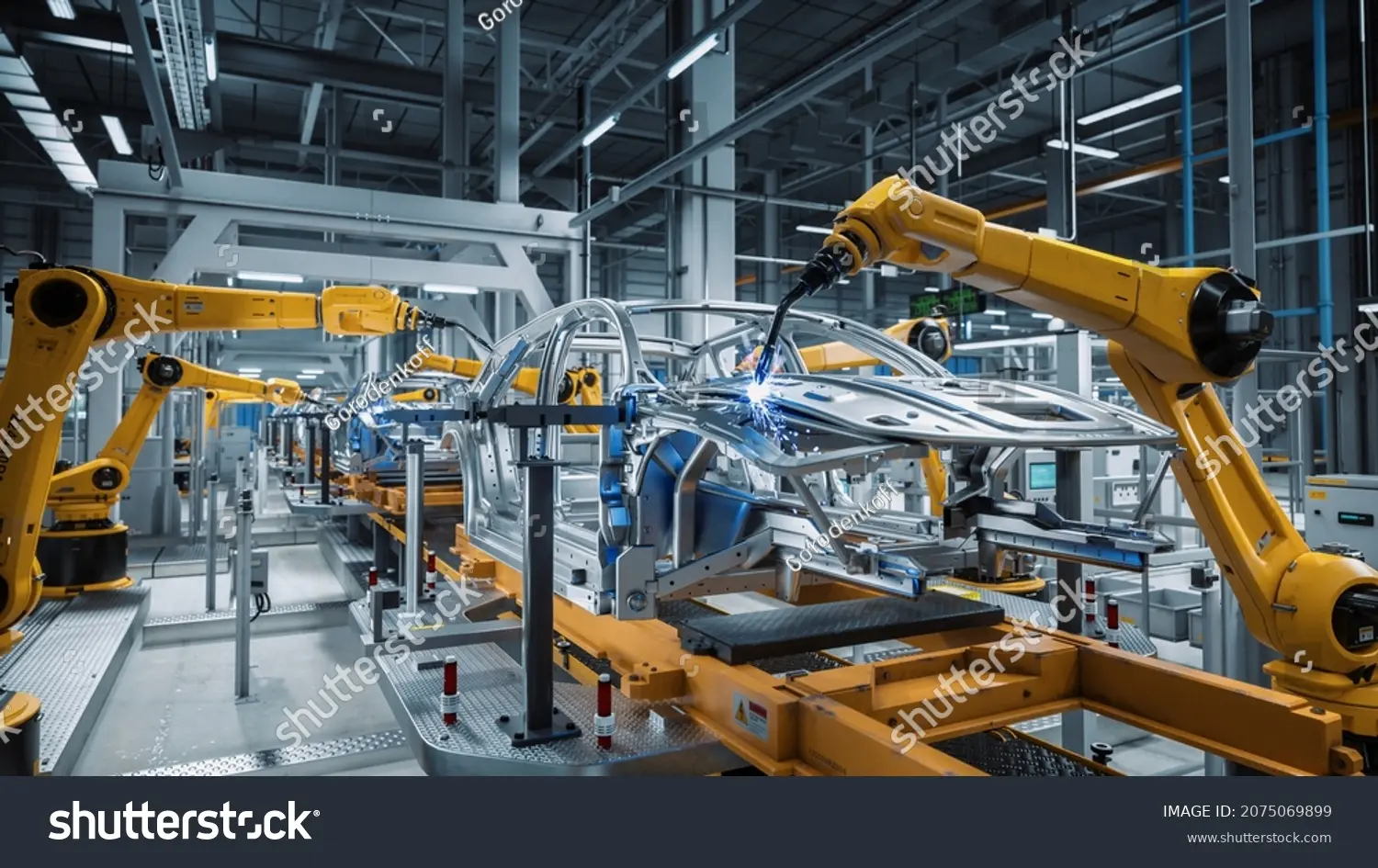Automobile
The automotive sector focuses on vehicles powered by internal combustion engines (ICE). These vehicles rely heavily on components like gears, shafts, bearings, and structural assemblies that must withstand high mechanical stress, wear, and temperature fluctuations. Mass production, part repeatability, and cost-efficiency are essential.

Induction Heating in General Automotive
- Processes: Surface hardening to improve wear and fatigue resistance
- Parts:
- Crankshafts
- Camshafts
- Gear teeth, pinions, sprockets
- Axles, CV joints
- Benefits:
- Precise case depth control
- Low distortion
- High throughput and automation-ready
- Process: Post-hardening heat treatment to reduce brittleness and internal stresses
- Parts:
- Suspension components
- Forged and machined parts
- Used for joining high-performance fluid lines and heat exchangers
- Parts:
- Fuel rails
- A/C lines
- Turbo oil feed tubes
- Benefits:
- Leak-proof joints
- Precise heating zones
- Minimal thermal distortion
- Process: Expanding metal via heat for tight mechanical assembly
- Parts:
- Gears to shafts
- Bearings into housings
- Pulleys, rotors
- Benefits:
- Secure fits without force or damage
- Precise alignment
- Quick cycle times
- Used prior to forging or welding operations
- Parts:
- Control arms
- Steering knuckles
- Benefits:
- Minimizes thermal stress
- Improves material flow and quality
Benefits of Induction Heating in Automotive
- High energy efficiency
- Tight temperature control reduces defects
- Repeatability ensures consistent quality
- Fast cycle times support high-volume manufacturing
- Cleaner work environment with no open flames or combustion
- Reduced part distortion for critical tolerances